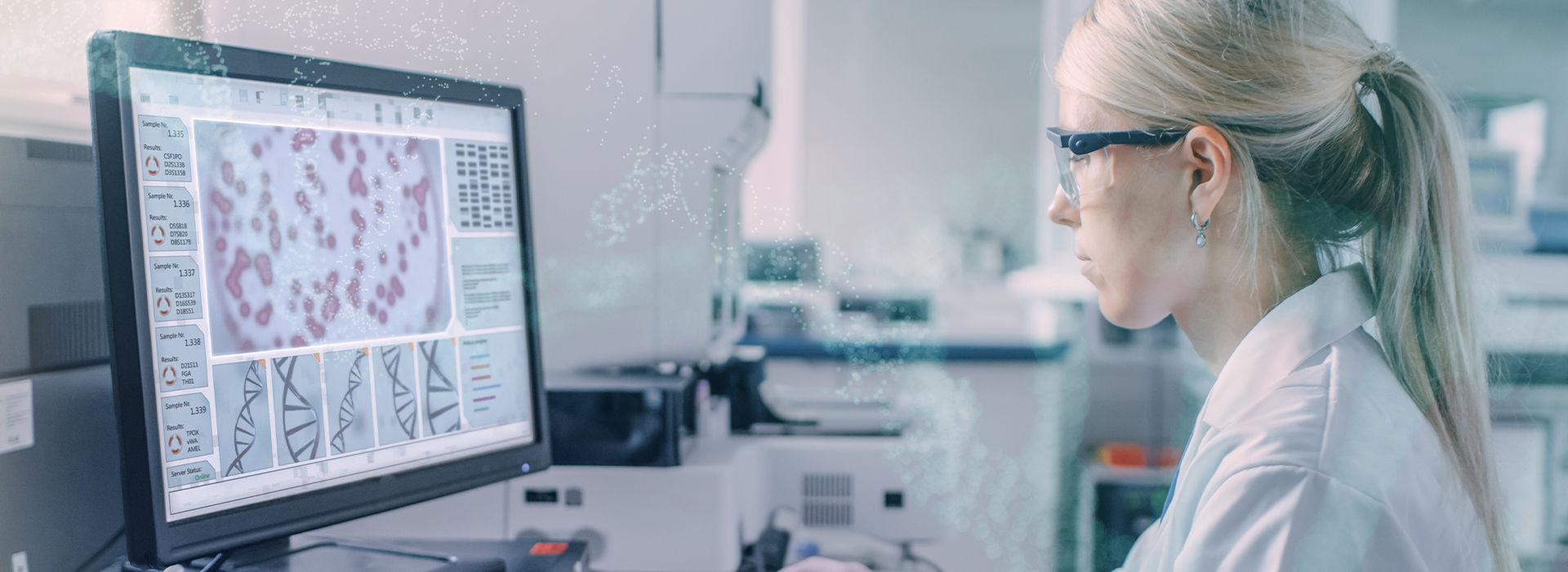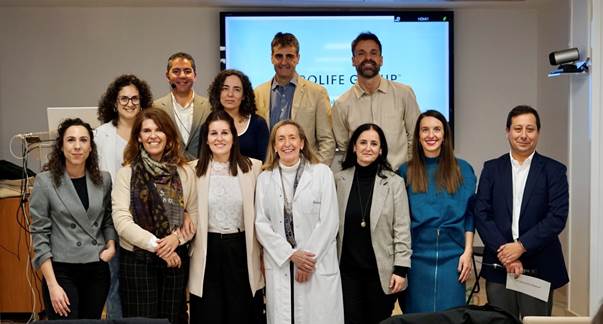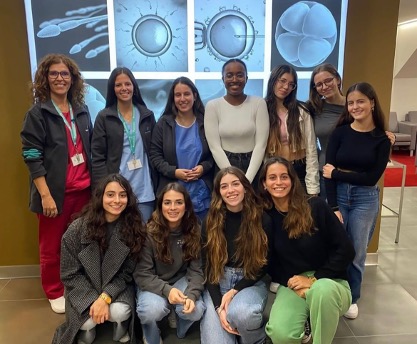
Preimplantation Genetic Diagnosis
Preimplantation Genetic Diagnosis
Preimplantation Genetic Diagnosis (PGD), currently known as PGT, is one of the most complex techniques that can be conducted in an in vitro fertilization laboratory. This procedure allows us to analyze the embryo's genetic material in order to transfer to the mother's womb only those embryos that do not have any genetic or chromosomal abnormalities, thus increasing the likelihood of having a healthy child.
In order to carry out a PGT, it is necessary that the in vitro fertilization technique used to generate the embryos is ICSI, because if conventional in vitro fertilization is used, it is possible that remnants of granulosa cells (the layer of cells surrounding the egg) remain attached to the embryos, altering the results of the genetic analysis.
This type of treatment is indicated for couples in which one of the members has a genetic alteration that translates into a monogenic disease. With this technique, which in this particular situation is called PGT-M, it can be verified that the embryos are free of the genetic alteration that causes the disease.
In addition, it is possible to analyze whether the number and organization of the embryo’s chromosomes is correct (euploid) and discard embryos with alterations (aneuploid) using the appropriate technique for these cases, PGT-A. Patients who are candidates for this technique are those who have:
- A history of repeat miscarriages.
- Advanced maternal age.
- Repeated implantation failures.
- Altered sperm FISH
Procedure
The main steps of this procedure are:
- Generate embryos: this involves obtaining embryos by performing an ICSI and assessing their development until they reach the blastocyst stage (day 5). To do this, sometimes more than one cycle of oocyte collection followed by ICSI will be necessary, as the likelihood of embryo transfer will depend on the response to ovarian stimulation, genetic diagnosis and the quality of embryo development.
- Genetic diagnosis: This is conducted by biopsying cells from the blastocyst stage embryo using an embryo laser - the most sophisticated technology to date. The diagnosis of the biopsied cells allows us to assess whether the embryo to which they belong is affected by the pathology under study. Once biopsied, the embryos will be vitrified (freezing method) while awaiting the genetic result, done by a specialized external laboratory.
- Embryo transfer: Once the result of the genetic diagnosis of the embryos is known, endometrial preparation begins. The fundamental requirements for embryo transfer are the administration of medication to achieve good endometrial receptivity and the existence of suitable vitrified embryos, according to the genetic diagnosis.




